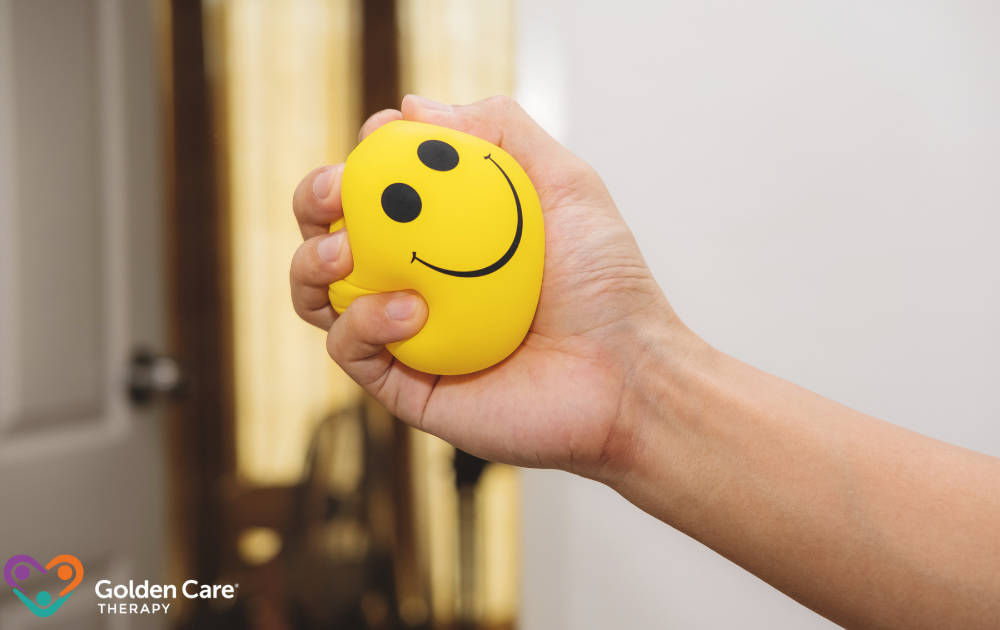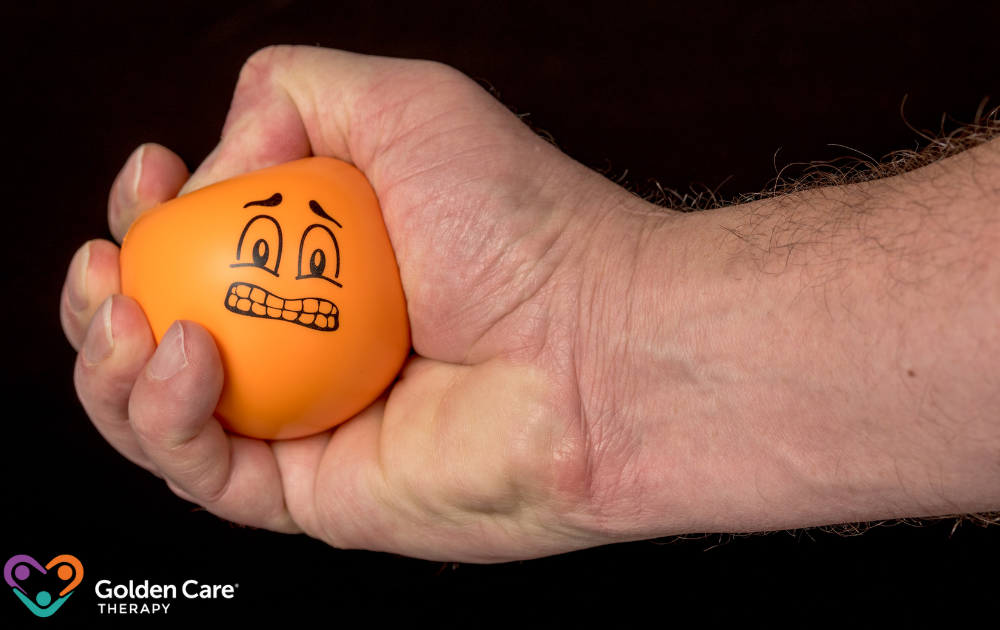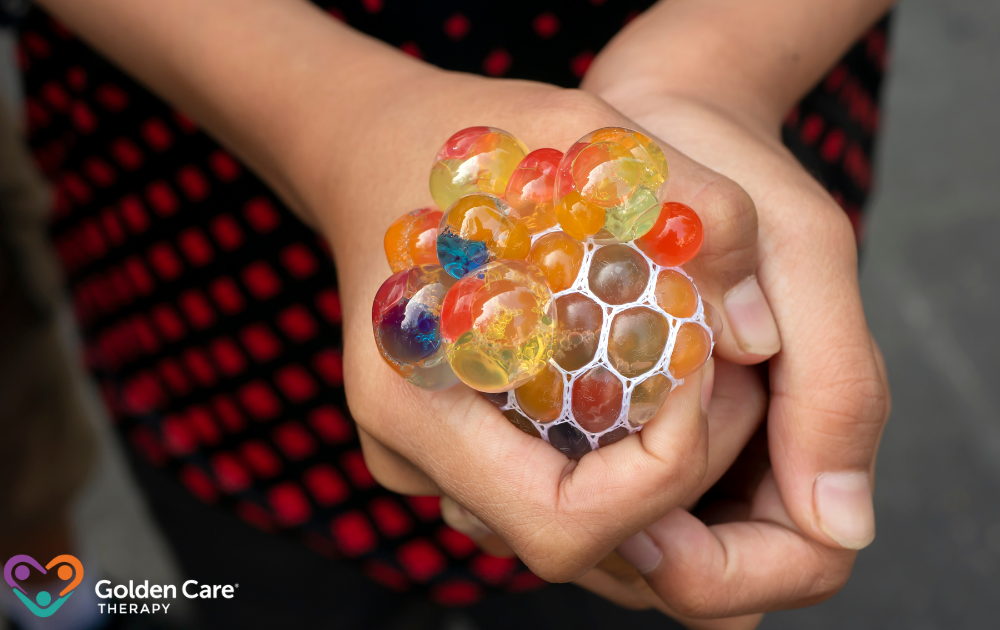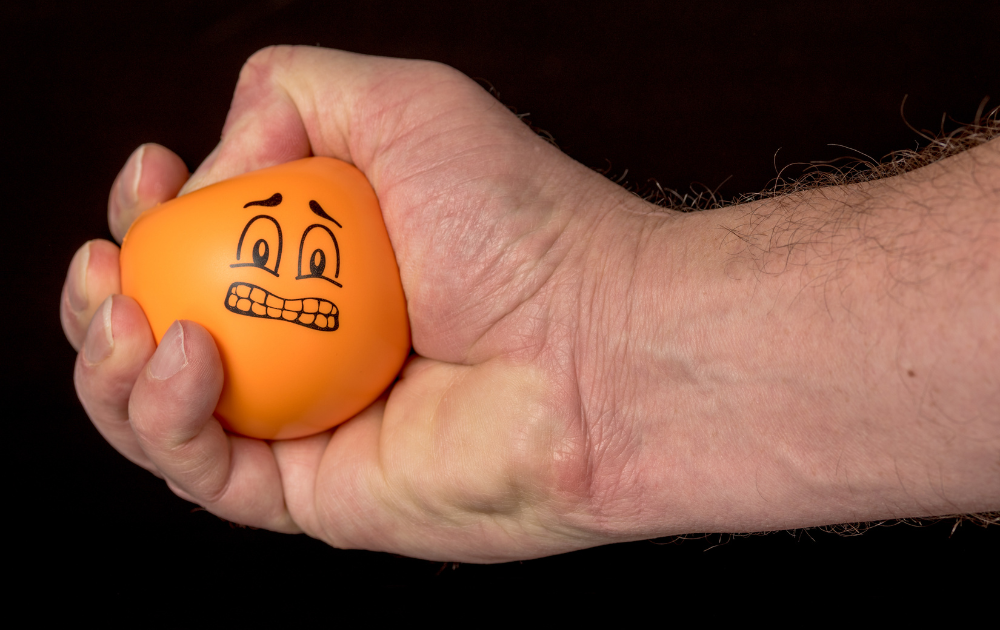Autism stress balls are soft, pliable objects that can be squeezed, manipulated, or fidgeted to relieve stress and promote relaxation. These stress balls come in various shapes, sizes, and textures to cater to different sensory preferences.
The primary purpose of autism stress balls is to provide a sensory outlet for individuals with autism to channel excess energy and emotions safely and constructively.
How Autism Stress Balls Help Manage Stress

Autism stress balls play a crucial role in helping individuals with autism manage stress by providing sensory stimulation and promoting emotional regulation. The act of squeezing or manipulating the stress ball engages the hands and fingers, offering a tactile experience that can be soothing and grounding.
This physical interaction helps to redirect attention and focus, providing a calming effect during moments of heightened stress or anxiety.
Moreover, using autism stress balls can aid in improving focus and concentration. The repetitive motion of squeezing and releasing the stress ball can help individuals with autism concentrate better, maintain attention on tasks, and reduce feelings of overwhelm.
Benefits of Using Autism Stress Balls
Autism stress balls offer a range of benefits for individuals with autism, aiding in various aspects of their well-being. These stress balls are designed to provide sensory stimulation, aid in emotional regulation, and enhance focus and concentration.
This makes them valuable tools for managing stress and promoting overall mental health.
Autism stress balls are effective in providing sensory stimulation, which can help individuals with autism regulate their sensory experiences. The tactile feedback from squeezing or manipulating the stress balls can offer a calming effect by engaging the senses and providing a satisfying sensory input.
This sensory stimulation can help individuals with autism feel more grounded and centered, reducing feelings of overwhelm or sensory overload.
One of the significant benefits of using autism stress balls is their positive impact on emotional regulation. The act of squeezing or fidgeting with the stress balls can serve as a coping mechanism for managing emotions such as anxiety, frustration, or agitation.
Redirecting emotional energy towards the physical activity of using the stress balls helps autistic individuals create a sense of control over their emotions and promotes self-soothing behaviors.
Autism stress balls can also aid in improving focus and concentration for individuals with autism. Engaging with the stress balls provides a tactile and kinesthetic outlet for excess energy, allowing individuals to channel their focus into the repetitive and calming motion of squeezing or manipulating the stress balls.
This can help enhance attention span and concentration levels, particularly in settings where maintaining focus is challenging.
Utilizing autism stress balls as part of a sensory tool kit for individuals with autism can offer multifaceted benefits, from sensory stimulation to emotional regulation and enhanced focus. Incorporating these stress balls into daily routines and activities can support individuals in managing stress, promoting self-regulation, and improving overall well-being.
Types of Autism Stress Balls

Autism stress balls come in various forms to cater to different sensory needs and preferences. Understanding the types of stress balls available can help individuals with autism and their caregivers choose the most suitable option.
Below are three common types of autism stress balls: squeeze balls, textured stress balls, and weighted stress balls.
Squeeze Balls
Squeeze balls, also known as squishy balls or stress balls, are soft and malleable balls that can be easily squeezed and molded in the hand. These balls provide a tactile sensory experience that allows autistic individuals to release tension and manage stress through repetitive squeezing motions.
The resistance of the ball helps improve hand strength and can promote a sense of calmness.
Textured Stress Balls
Textured stress balls are designed with various bumps, ridges, or patterns on the surface to provide additional sensory stimulation. The different textures offer tactile feedback and can help individuals with autism focus their attention and improve sensory processing.
Texture balls are effective for individuals who seek tactile input and enjoy exploring different sensations through touch.
Weighted Stress Balls
Weighted stress balls are filled with materials like sand, rice, or gel to add weight and pressure to the ball. The added weight provides deep pressure input, which can have a calming effect on individuals with autism by promoting relaxation and reducing anxiety.
Weighted stress balls are beneficial for those who benefit from proprioceptive input and seek sensory feedback through pressure.
Understanding the characteristics and benefits of stress balls allows individuals and their caregivers to choose the most suitable stress-relief tool to help manage stress and promote emotional well-being.
Experimenting with different types of stress balls can allow for personalized sensory experiences and enhanced stress management strategies for individuals on the autism spectrum.
How to Introduce and Use Autism Stress Balls
To incorporate autism stress balls into daily routines, it’s important to establish a structured approach for effective stress management. Introducing these stress-relief tools in a thoughtful and intentional manner can maximize their benefits for individuals with autism.
There are two key aspects worth considering in this case which are as follows:
Establishing a Routine

Creating a consistent routine for using autism stress balls can help individuals with autism integrate these tools into their daily lives. A structured schedule provides predictability and familiarity, which are especially beneficial for individuals who thrive in routines.
Here are some steps for establishing a successful routine:
- Designate Specific Times: Set aside designated times during the day when the individual can use the stress balls. This could be before or after specific activities, during transitions, or as part of a relaxation routine.
- Create a Safe Space: Designate a quiet and calming space where the individual can access their stress balls. This space should be free from distractions and conducive to relaxation.
- Incorporate Visual Cues: Use visual supports or timers to indicate when it’s time to use the stress balls. Visual cues can help individuals understand and anticipate when they can engage with the stress-relief tool.
- Encourage Self-Initiation: Gradually encourage the individual to independently reach for the stress ball when feeling overwhelmed. Building self-regulation skills empowers the individual to proactively manage stress and anxiety.
Incorporating autism stress balls into a structured routine allows autistic individuals to benefit from consistent stress relief and enhanced emotional regulation.
Supervision and Monitoring
While autism stress balls can be effective tools for managing stress, it’s important to provide adequate supervision and monitoring to ensure their safe and appropriate use. Proper supervision helps caregivers and individuals maintain a supportive and secure environment while utilizing these stress-relief aids.
Here are some key considerations for supervision and monitoring:
Key Considerations for Supervision and Monitoring Autistic Individuals
- Constant Supervision: Ensure that individuals are using stress balls safely and appropriately, especially if they have sensory challenges or difficulty with motor skills.
- Monitoring Usage: Keep track of how often the stress balls are being used and their impact on stress levels and behaviors. Adjust the routine as needed based on observations.
- Encouraging Communication: Foster open communication with the individual to understand their feelings and experiences while using the stress balls. Encourage them to express their needs and preferences.
- Safety Precautions: Implement safety measures to prevent misuse of stress balls, such as ensuring that they are not placed near small children or pets who may ingest them.
- Regular Check-Ins: Check in with the individual periodically to assess the effectiveness of the stress balls and address any concerns or modifications to the routine.
Through consistent supervision and monitoring, caregivers and individuals can optimize the benefits of autism stress balls while ensuring a safe and supportive environment for stress management. Families seeking additional support can explore ABA programs in NJ, Indiana, Georgia, and New York to further enhance therapeutic interventions tailored to their needs.At Golden Care Therapy, we are dedicated to providing personalized care for individuals with autism. Contact us today to learn more about how our services can support your family’s journey.
Sources:
https://www.autismparentingmagazine.com/fidget-toys-to-relieve-stress-anxiety/
https://www.sensorydirect.com/products/balls
https://healthmatch.io/blog/are-fidget-toys-helpful-for-kids-with-autism



